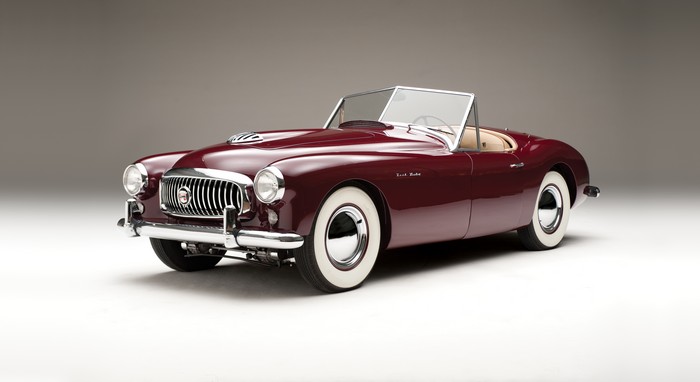Chassis Number: N2001
What emerged from this two-year restoration process is nothing short of remarkable — Donald Healey’s own Nash-Healey, exactly as he built it, with no expense spared to ensure 100% historical accuracy. Restored by Tsikuris Classics — under the supervision by noted authority Bill Emerson. All major components are original to this car. With ownership history that begins with Donald Healey himself, there is no collection in the world, no matter how grand, that this car will not enhance.

